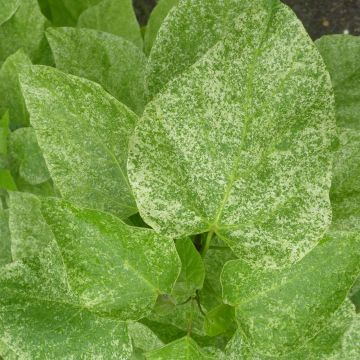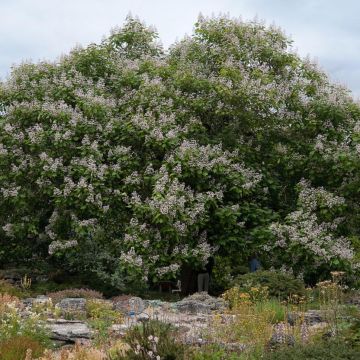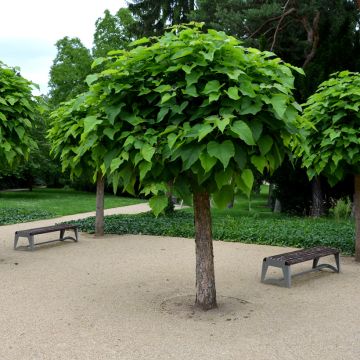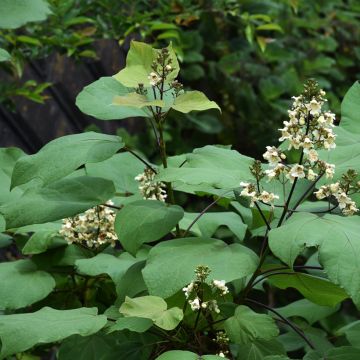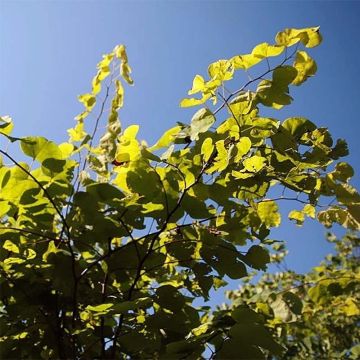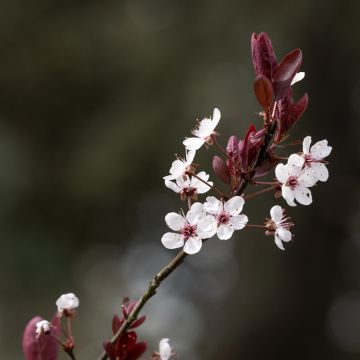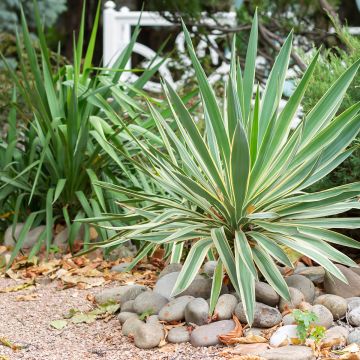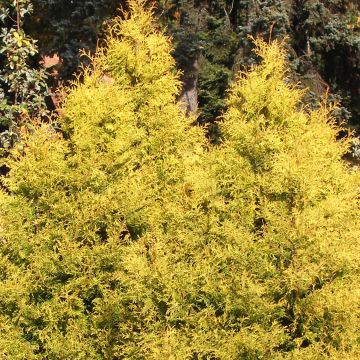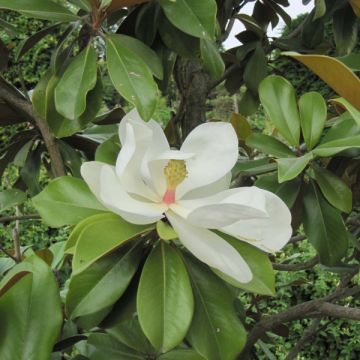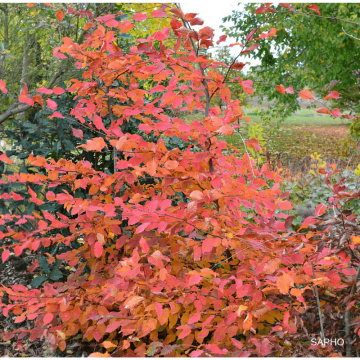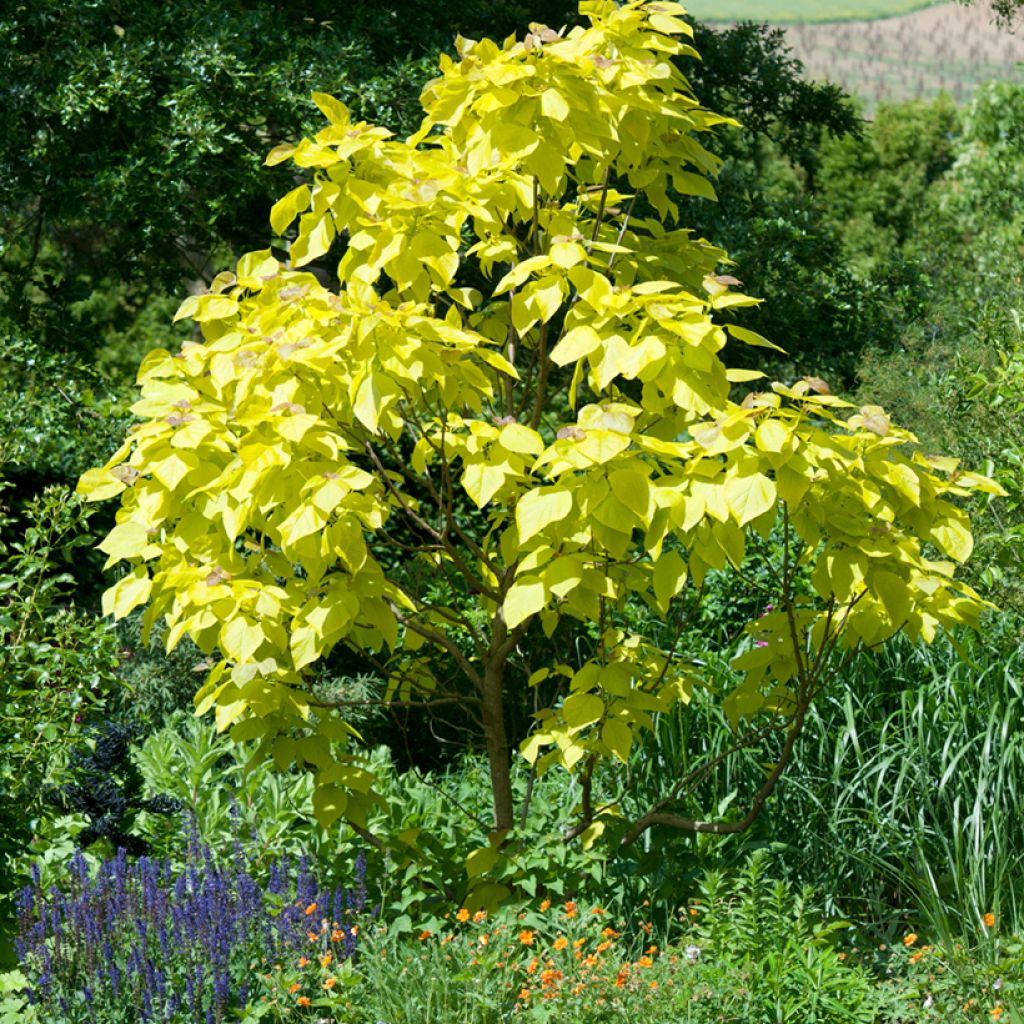

Catalpa bignonioides Aurea
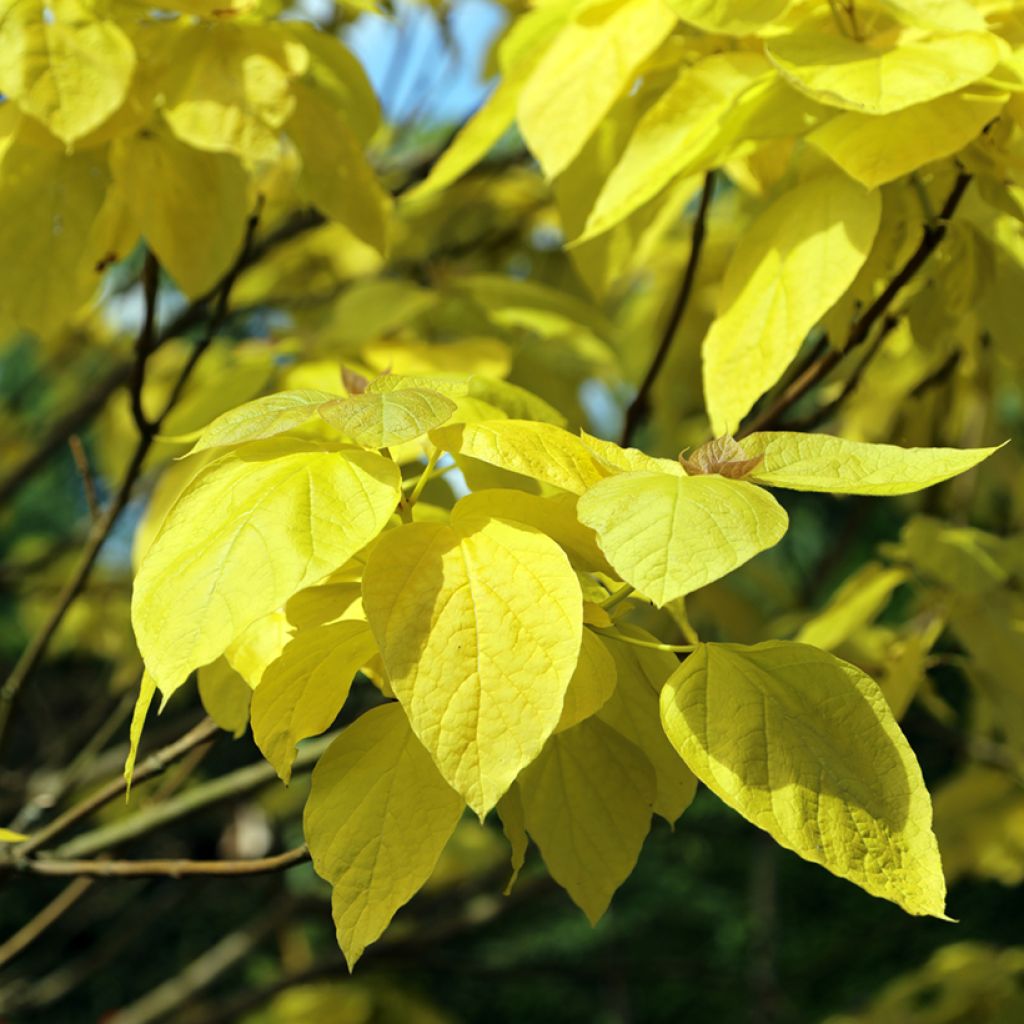

Catalpa bignonioides Aurea
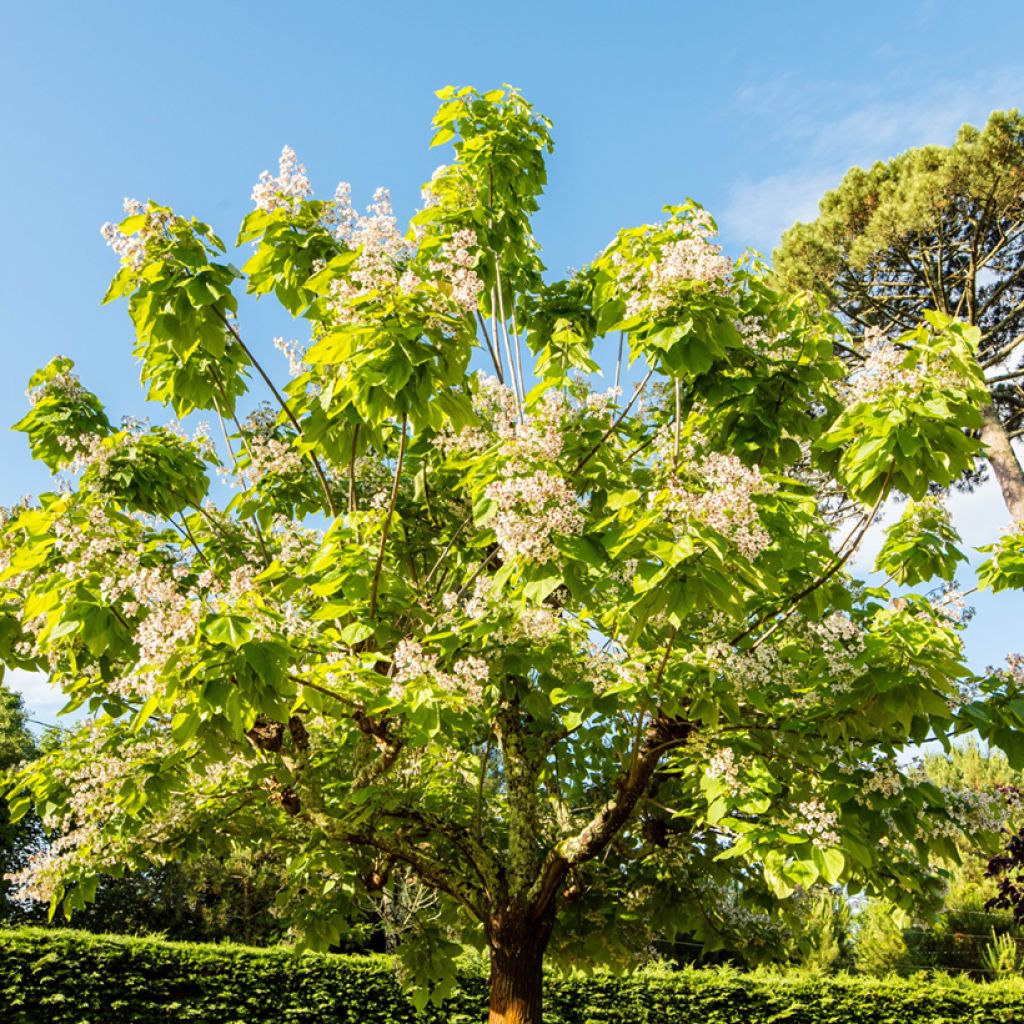

Catalpa bignonioides Aurea
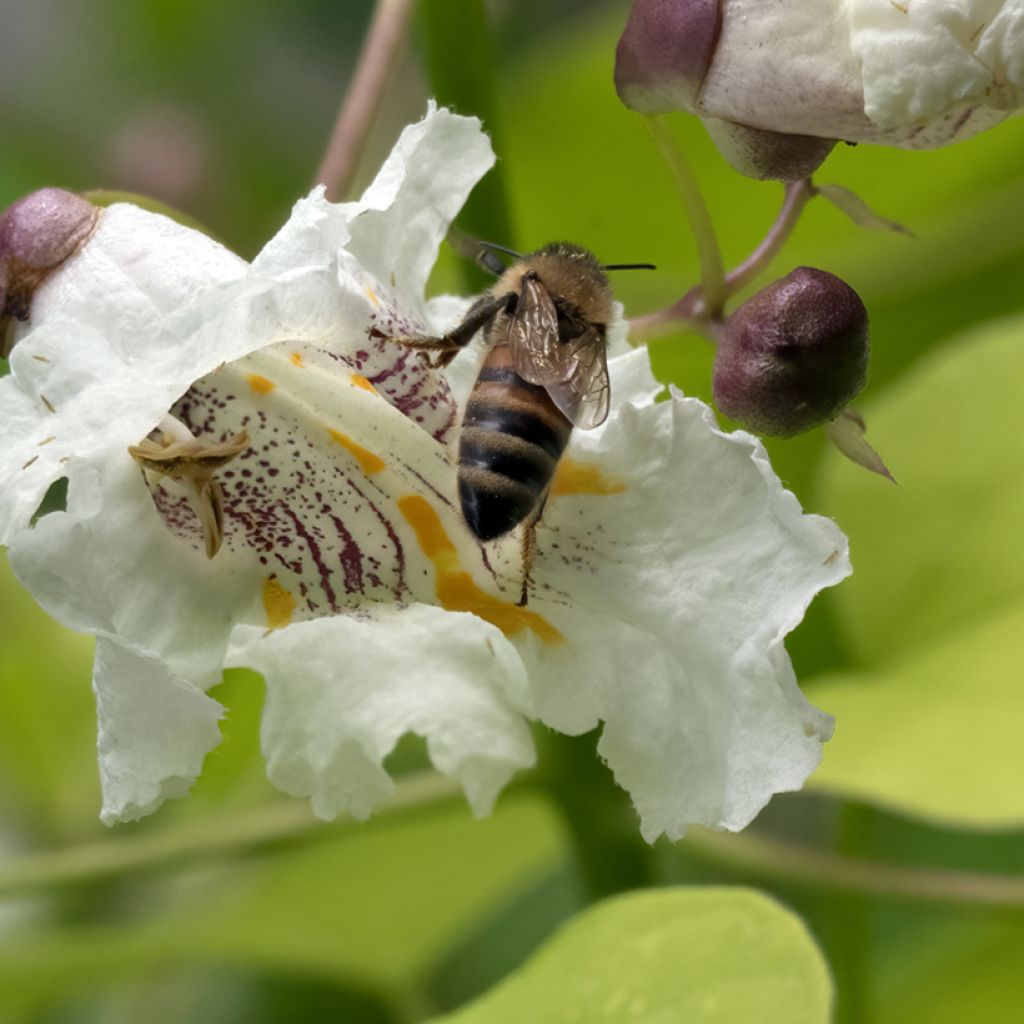

Catalpa bignonioides Aurea
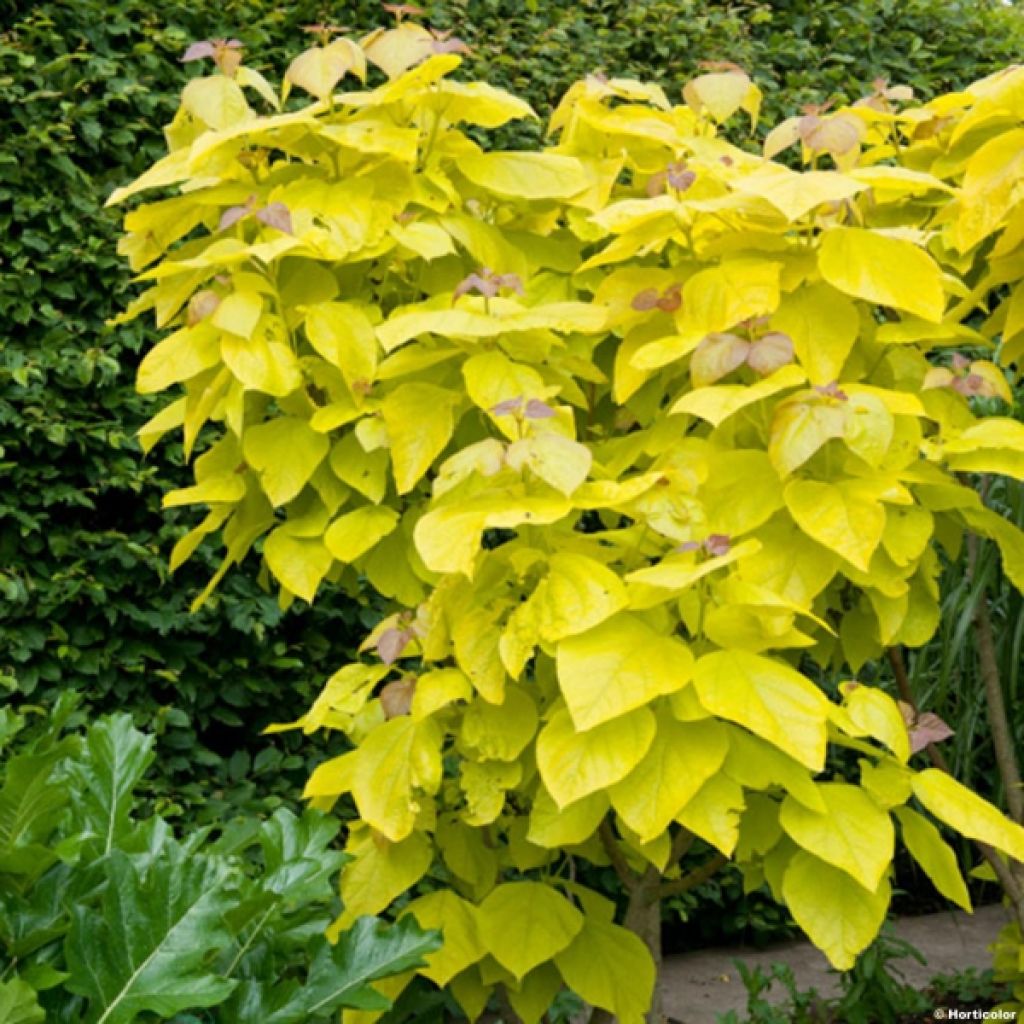

Catalpa bignonioides Aurea
Catalpa bignonioides Aurea
Catalpa bignonioides Aurea
Indian Bean Tree, Cigar Tree, Southern Catalpa
Beautiful tree, tall, arrived in good condition.
Aurélie, 03/02/2024
Special offer!
Receive a €20 voucher for any order over €90 (excluding delivery costs, credit notes, and plastic-free options)!
1- Add your favorite plants to your cart.
2- Once you have reached €90, confirm your order (you can even choose the delivery date!).
3- As soon as your order is shipped, you will receive an email containing your voucher code, valid for 3 months (90 days).
Your voucher is unique and can only be used once, for any order with a minimum value of €20, excluding delivery costs.
Can be combined with other current offers, non-divisible and non-refundable.
Home or relay delivery (depending on size and destination)
Schedule delivery date,
and select date in basket
This plant carries a 24 months recovery warranty
More information
We guarantee the quality of our plants for a full growing cycle, and will replace at our expense any plant that fails to recover under normal climatic and planting conditions.

Would this plant suit my garden?
Set up your Plantfit profile →
Description
Catalpa bignonioides Aurea is a small, slow-growing tree, of moderate proportions, selected for its extremely decorative and luminous, golden spring foliage. The young purplish leaves quickly turn golden yellow, becoming soft green in the summer, then deep yellow in autumn. Unpruned, this Catalpa produces white flowering panicles in spring, followed by long pendant pod-shaped fruits. It provides very pleasant, deep shade in a summer garden. Pruning it to the ground provides spectacular results for this variety, producing a strong visual impact in the garden, unfortunately at the expense of flowers.
Catalpa bignonioides Aurea, also known as the Indian Bean Tree, is a deciduous tree from the Bignoniaceae family: it's a cousin of beautiful climbers like Campsis, Bignonia, Podranea, and other Tecomaria. Native to the southeastern United States, it was introduced to Europe in 1726. It is a light-loving species that appreciates rather moist soils, tolerates alkaline, and is highly resilient to urban pollution.
The cultivar 'Aurea' was selected before 1877. It is slow-growing and fairly compact. If it is not pruned, it will naturally grow into a spreading, parasol shape on a short trunk. This small tree will measure between 5 and 7 m (16 - 23 ft) in height and develop a crown of 4 to 5 m (13 - 16ft) by the age of 10. Eventually, it will reach a height and spread of about 8 m (26ft). Its grey-brown, lightly ridged bark peels off in small patches over time. Its branches are brittle, so it needs to be protected from strong winds. Its foliage is deciduous, appearing late in spring and quickly falling in the autumn. The leaf buds are purplish copper when they begin to emerge. Its large leaves have an elongated heart shape, golden-yellow in spring, green-yellow in summer, and then yellow again in autumn. Flowering occurs in May, at the tips of the branches in the form of panicles of bell-shaped flowers with frilly edges. The outer part of the flowers is white, while the inside is purple and golden yellow. The nectar-rich flowers are pollinated by insects and produce pendant pods, resembling large beans. The Catalpa's shallow root system dislikes drought and makes it susceptible to strong winds. The plant will benefit from severe pruning every 2 or 3 years to keep it dense. It can be pruned into a central leader or coppiced depending on the available space.
Catalpa 'Aurea' is suitable for both large and small gardens, but it is not recommended for excessively windy locations. It can be planted as a specimen in a city garden, in the centre of a well-manicured bed of box, creeping Japanese euonymus, or Lonicera nitida. Its shallow root system draws up a lot of water in summer, so it is best to choose plants that require little water or plant beyond the edge of the canopy (the dripline). For an alternative natural parasol, plant Robinia pseudoacacia 'Umbraculifera', which is better suited to dry soils. Gardeners looking for an exotic touch could possibly combine it with the Golden Shadow Paper Mulberry, Broussonettia papyrifera.
Catalpa bignonioides Aurea in pictures


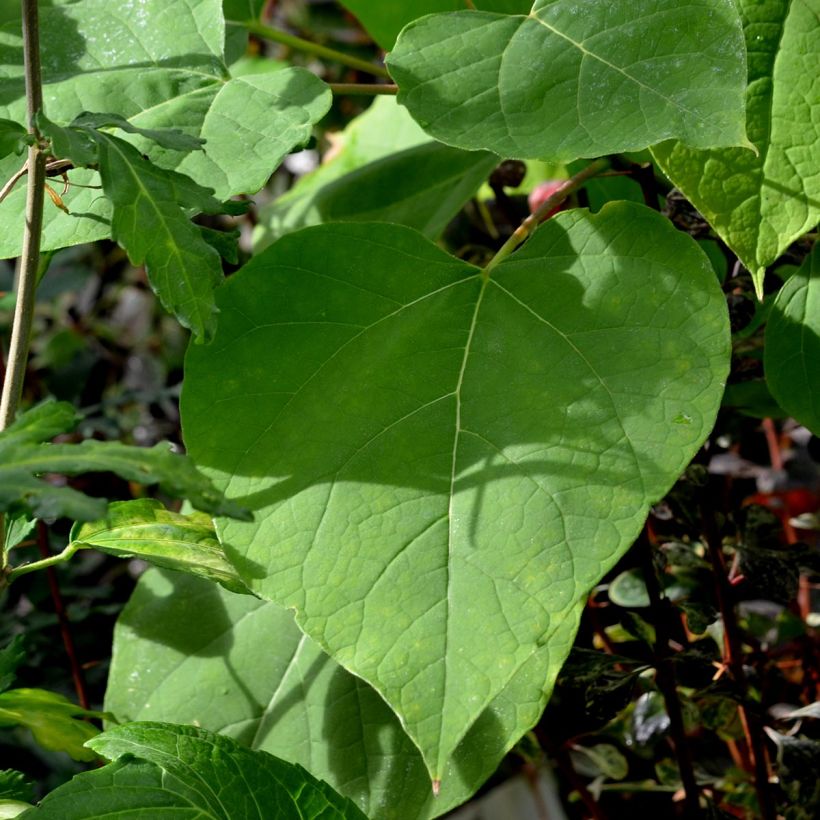



Plant habit
Flowering
Foliage
Botanical data
Catalpa
bignonioides
Aurea
Bignoniaceae
Indian Bean Tree, Cigar Tree, Southern Catalpa
Cultivar or hybrid
Other Catalpa
View all →Planting and care
Plant your Catalpa bignonioides Aurea in a sunny location, possibly with some light shade. Be careful not to plant it in a windy area as its wood is brittle. It thrives in any type of soil as long as it is deep and you provide good drainage; lack of dranage can lead to attacks of wood-rotting fungi (such as honey fungus, a parasitic fungus that feeds on tree wood). Catalpa does not like soil that is excessively dry and grows best in fertile conditions. After planting, water generously to remove air pockets. In case of drought, water regularly for a few weeks to encourage rooting.
Planting period
Intended location
Care
Planting & care advice
-
, onOrder confirmed
Reply from on Promesse de fleurs
Similar products
Haven't found what you were looking for?
Hardiness is the lowest winter temperature a plant can endure without suffering serious damage or even dying. However, hardiness is affected by location (a sheltered area, such as a patio), protection (winter cover) and soil type (hardiness is improved by well-drained soil).

Photo Sharing Terms & Conditions
In order to encourage gardeners to interact and share their experiences, Promesse de fleurs offers various media enabling content to be uploaded onto its Site - in particular via the ‘Photo sharing’ module.
The User agrees to refrain from:
- Posting any content that is illegal, prejudicial, insulting, racist, inciteful to hatred, revisionist, contrary to public decency, that infringes on privacy or on the privacy rights of third parties, in particular the publicity rights of persons and goods, intellectual property rights, or the right to privacy.
- Submitting content on behalf of a third party;
- Impersonate the identity of a third party and/or publish any personal information about a third party;
In general, the User undertakes to refrain from any unethical behaviour.
All Content (in particular text, comments, files, images, photos, videos, creative works, etc.), which may be subject to property or intellectual property rights, image or other private rights, shall remain the property of the User, subject to the limited rights granted by the terms of the licence granted by Promesse de fleurs as stated below. Users are at liberty to publish or not to publish such Content on the Site, notably via the ‘Photo Sharing’ facility, and accept that this Content shall be made public and freely accessible, notably on the Internet.
Users further acknowledge, undertake to have ,and guarantee that they hold all necessary rights and permissions to publish such material on the Site, in particular with regard to the legislation in force pertaining to any privacy, property, intellectual property, image, or contractual rights, or rights of any other nature. By publishing such Content on the Site, Users acknowledge accepting full liability as publishers of the Content within the meaning of the law, and grant Promesse de fleurs, free of charge, an inclusive, worldwide licence for the said Content for the entire duration of its publication, including all reproduction, representation, up/downloading, displaying, performing, transmission, and storage rights.
Users also grant permission for their name to be linked to the Content and accept that this link may not always be made available.
By engaging in posting material, Users consent to their Content becoming automatically accessible on the Internet, in particular on other sites and/or blogs and/or web pages of the Promesse de fleurs site, including in particular social pages and the Promesse de fleurs catalogue.
Users may secure the removal of entrusted content free of charge by issuing a simple request via our contact form.
The flowering period indicated on our website applies to countries and regions located in USDA zone 8 (France, the United Kingdom, Ireland, the Netherlands, etc.)
It will vary according to where you live:
- In zones 9 to 10 (Italy, Spain, Greece, etc.), flowering will occur about 2 to 4 weeks earlier.
- In zones 6 to 7 (Germany, Poland, Slovenia, and lower mountainous regions), flowering will be delayed by 2 to 3 weeks.
- In zone 5 (Central Europe, Scandinavia), blooming will be delayed by 3 to 5 weeks.
In temperate climates, pruning of spring-flowering shrubs (forsythia, spireas, etc.) should be done just after flowering.
Pruning of summer-flowering shrubs (Indian Lilac, Perovskia, etc.) can be done in winter or spring.
In cold regions as well as with frost-sensitive plants, avoid pruning too early when severe frosts may still occur.
The planting period indicated on our website applies to countries and regions located in USDA zone 8 (France, United Kingdom, Ireland, Netherlands).
It will vary according to where you live:
- In Mediterranean zones (Marseille, Madrid, Milan, etc.), autumn and winter are the best planting periods.
- In continental zones (Strasbourg, Munich, Vienna, etc.), delay planting by 2 to 3 weeks in spring and bring it forward by 2 to 4 weeks in autumn.
- In mountainous regions (the Alps, Pyrenees, Carpathians, etc.), it is best to plant in late spring (May-June) or late summer (August-September).
The harvesting period indicated on our website applies to countries and regions in USDA zone 8 (France, England, Ireland, the Netherlands).
In colder areas (Scandinavia, Poland, Austria...) fruit and vegetable harvests are likely to be delayed by 3-4 weeks.
In warmer areas (Italy, Spain, Greece, etc.), harvesting will probably take place earlier, depending on weather conditions.
The sowing periods indicated on our website apply to countries and regions within USDA Zone 8 (France, UK, Ireland, Netherlands).
In colder areas (Scandinavia, Poland, Austria...), delay any outdoor sowing by 3-4 weeks, or sow under glass.
In warmer climes (Italy, Spain, Greece, etc.), bring outdoor sowing forward by a few weeks.































